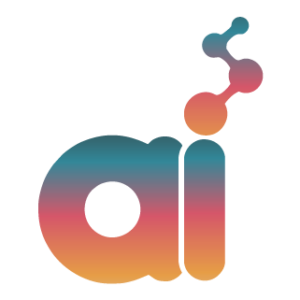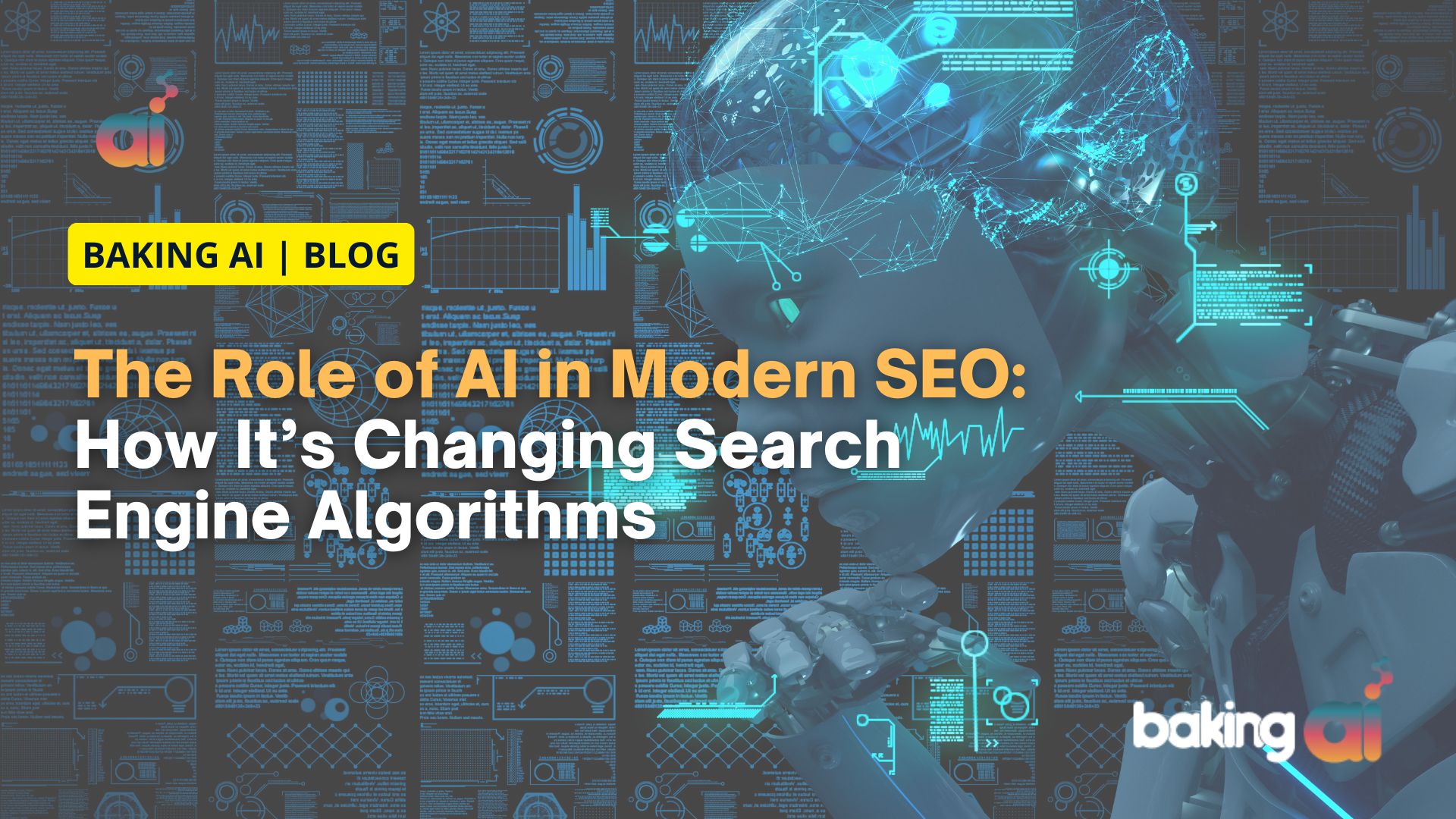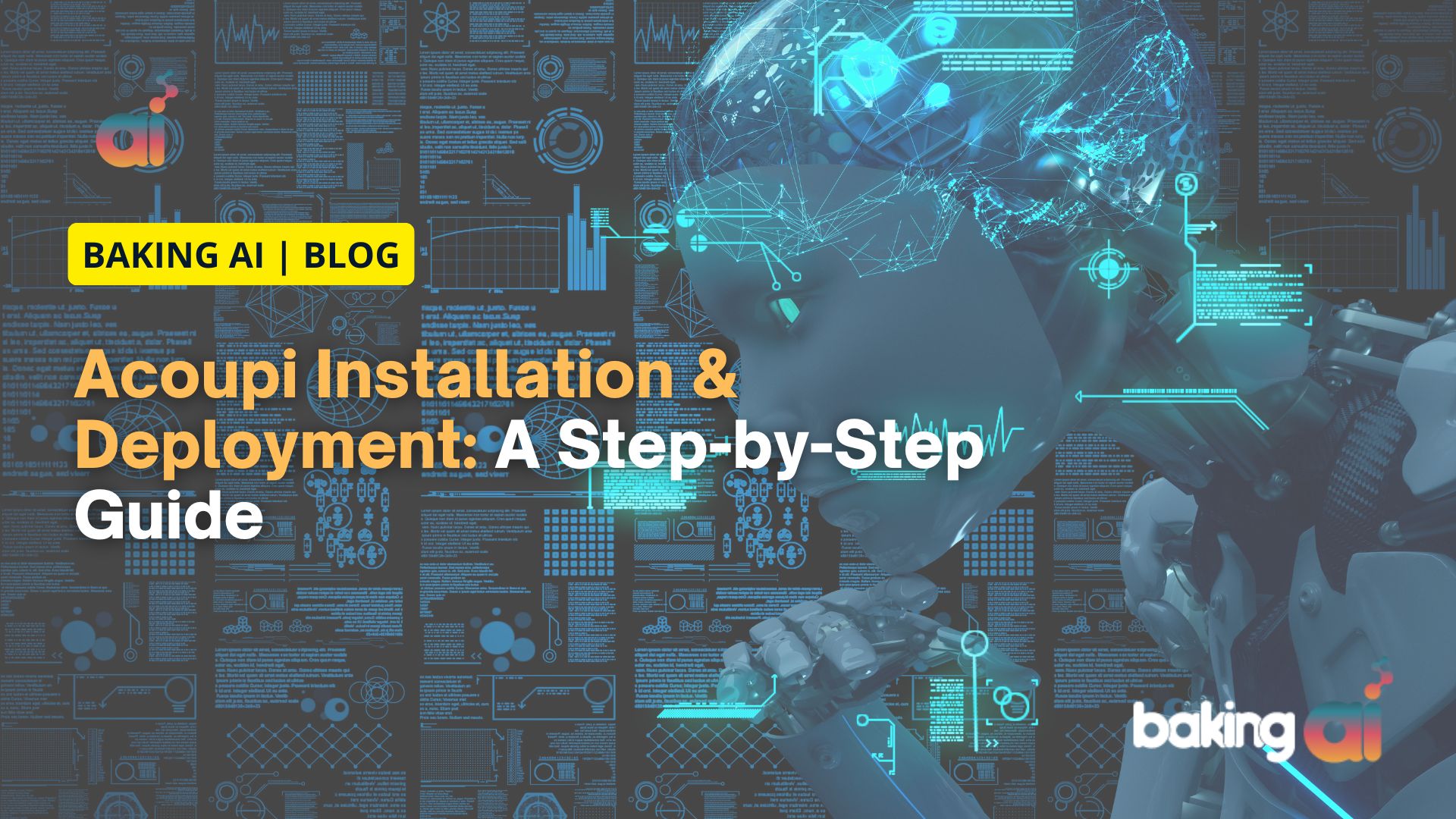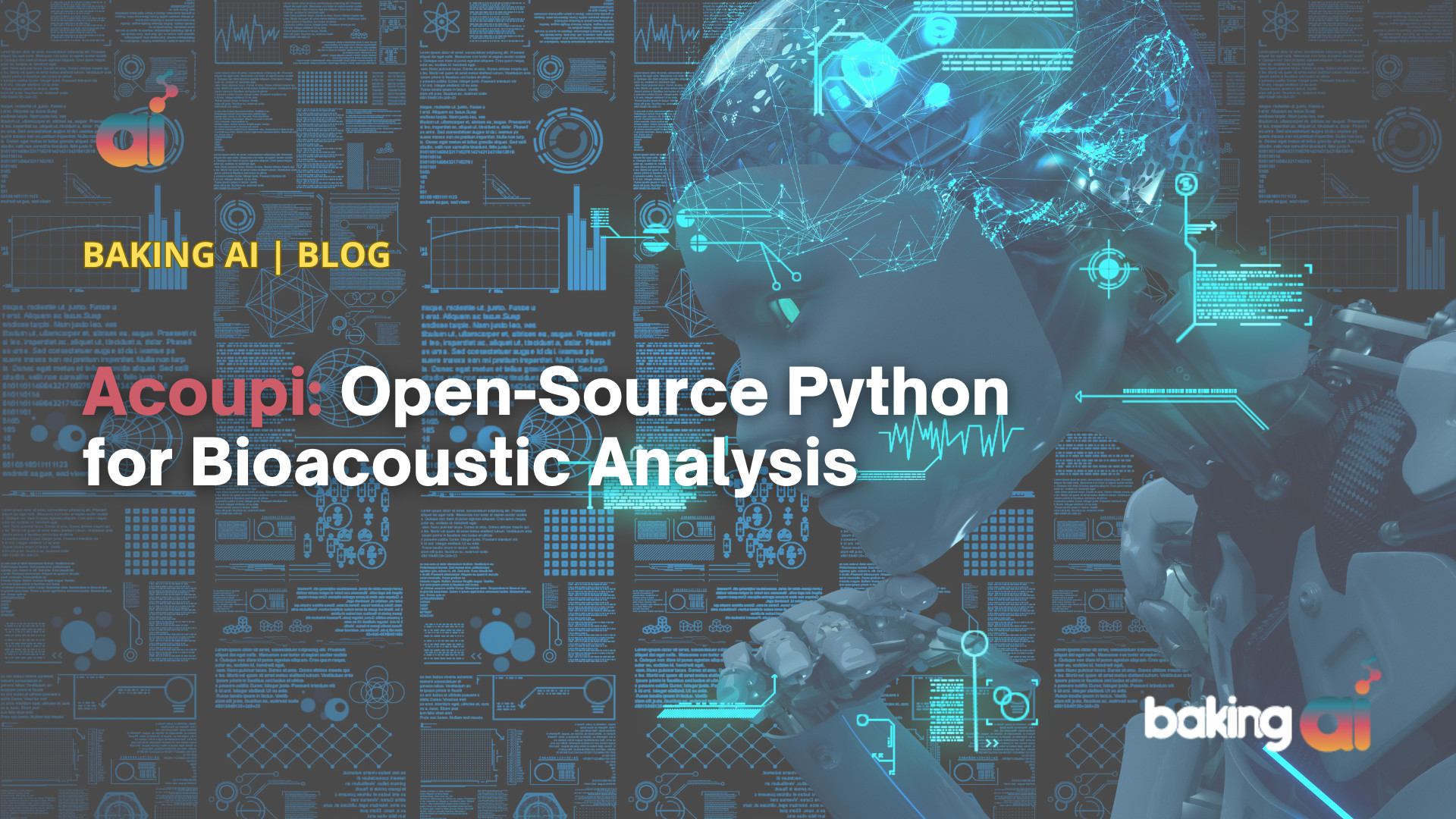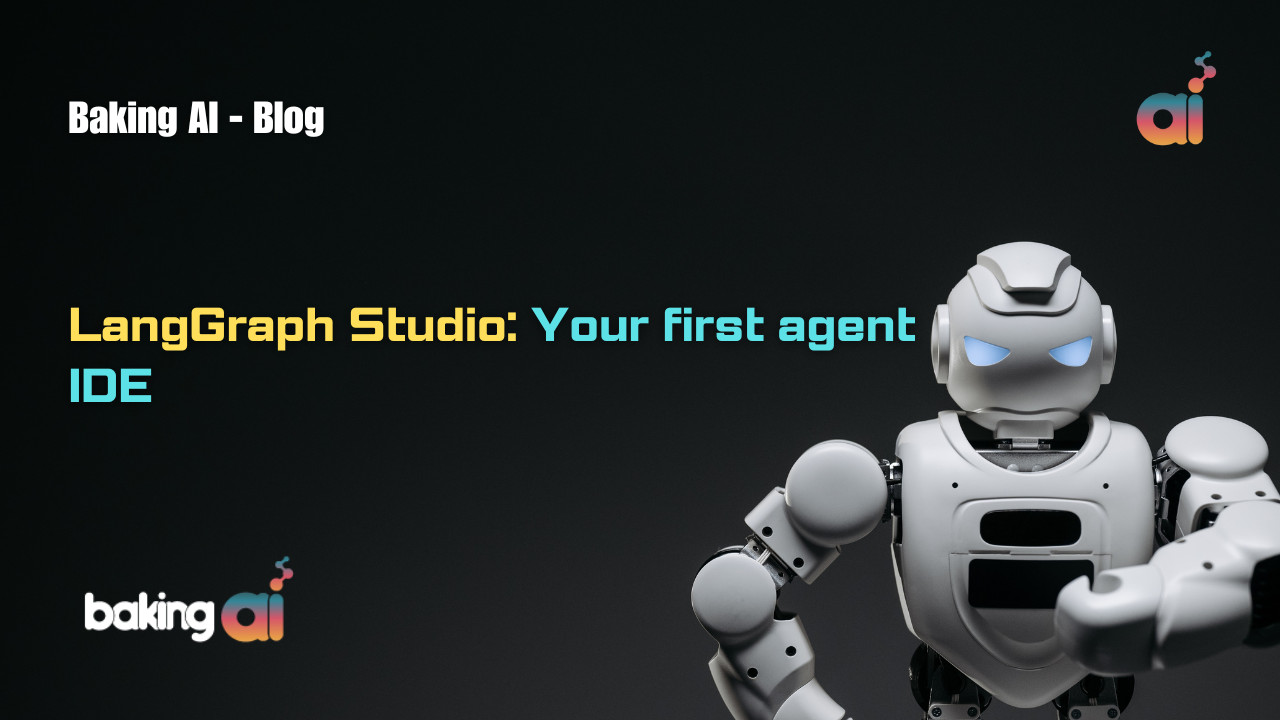Have you ever noticed how the content you see on social media, websites, or online videos seems perfectly tailored to your interests? That’s AI at work, revolutionizing the way content is delivered and consumed. From personalized recommendations to precise targeting in ads, artificial intelligence is reshaping our digital experiences. But how exactly is AI influencing content distribution, and what does that mean for how we access and engage with information?
In this article, we’ll dive into the ways AI is being utilized to bring content to users, exploring both its advantages and the potential challenges it presents. Whether you’re a content creator, marketer, or just someone who loves staying updated, understanding AI’s role in content distribution is crucial for staying ahead in today’s digital world.
That’s the power of AI in action. Baking AI, a leading AI marketing agency, is at the forefront of this content distribution revolution. But what exactly does AI do, and how is it changing the way we consume information?
Here are the key ways AI can help optimize content distribution:
Personalized Content Recommendations
- AI algorithms can analyze user behavior, preferences, and interests to deliver highly personalized content recommendations. It looks at what you’ve watched, how long you watched it, and what you rated it. They also consider what similar users liked. Based on all this information, the AI makes guesses about what other shows or movies you might enjoy.
Ever notice how Spotify suggests new music you might like? That’s AI in action! It analyzes the songs you listen to and picks up on clues about your taste. Maybe you love energetic pop music by female artists. The AI can use this information to recommend similar songs you might enjoy, even from artists you haven’t heard of before.
- When the content you see is closely matched to your interests, you’re more likely to watch it, enjoy it, and stay engaged with the service. This relevance keeps you clicking on recommendations and can even lead you to subscribe if you aren’t already.
Imagine walking into a bookstore that only stocked books you’d love. No more browsing through piles of novels that don’t interest you. Personalized recommendations with AI are like a virtual bookstore. By suggesting relevant content, people are more likely to click on those recommendations (like picking up a book that sounds interesting) and even buy something (like actually purchasing the book).
Predictive Content Distribution
- Historical Analysis: AI can analyze historical data on content performance across different channels and times. Imagine you love sharing photos and stories on your social media account. Over time, you’ve posted hundreds of photos, some getting a lot of likes and comments, and others not so much. If you look back at all these posts, you’ll start to see patterns:
-
- What types of posts get the most likes (e.g., photos of your dog, travel pics, or funny memes).
- When people are most likely to engage with your posts (e.g., mornings, afternoons, or evenings).
- Which days of the week are best for posting (e.g., weekends or weekdays).
This is what AI does but on a much larger scale. It looks at the past performance of content across various channels (like different social media platforms, email newsletters, etc.) to find patterns. It’s like having a personal assistant that remembers what worked best for you before.
- Pattern Detection: It can then predict the optimal times and channels to distribute content for maximum reach and engagement. Once the AI has analyzed the past data, it can make smart predictions about the future. Imagine your assistant now tells you:
“Hey, if you post a picture of your dog on Instagram around 6 PM on Fridays, you’re likely to get the most likes and comments.”
Automated Content Scheduling
- AI-powered tools can automatically schedule content posts across various platforms based on predicted optimal times. Imagine you have a garden and want to water your plants at the best times to ensure they grow well. Instead of manually watering them whenever you remember, you use a smart irrigation system.
This system knows the best times to water each plant based on weather forecasts, sunlight, and soil moisture. Similarly, AI-powered tools for content scheduling analyze data to determine the best times to post your content when your audience is most active. Just like the irrigation system ensures your plants get water when they need it, these tools ensure your posts reach your audience at optimal times.
- This streamlines the content distribution process and ensures consistent posting. Think about preparing meals for the week. Instead of cooking every meal from scratch each day, you spend some time on the weekend prepping and organizing your meals. Then, you set a schedule to heat and eat them throughout the week. This way, you save time, reduce daily stress, and ensure you always have a meal ready.
Similarly, automated content scheduling allows you to plan and prepare your posts in advance. The AI tool then automatically publishes them according to the best schedule. This process saves you time, reduces daily hassle, and ensures your content is consistently posted, keeping your audience engaged regularly.
Audience Segmentation
- AI can segment audiences based on detailed behavioral, demographic, and psychographic data. AI can divide people into different groups based on their behavior (like what they do), their demographics (like age, gender, and location), and their psychographics (like interests, attitudes, and lifestyle). This helps businesses understand their customers better and create more personalized experiences for them.
Example: Imagine you run a coffee shop. Using AI, you can analyze your customers’ purchase histories, ages, and preferences. You might find that young professionals often buy coffee in the morning before work, while college students prefer to come in the afternoon to study. With this information, you can create special promotions for each group, like a morning discount for early birds and a study-time special for students.
- This allows for highly targeted content distribution to the most relevant segments.Once you know who your different audience segments are, you can send them specific content or offers that are most relevant to them. This means you aren’t just sending the same message to everyone but tailoring your communication to match each group’s unique needs and preferences.
Example: Continuing with the coffee shop example, if you know that young professionals love trying new flavors, you can send them an email about your latest limited-edition coffee blend. For college students, you might promote your cozy seating areas and free Wi-Fi to encourage them to come and study. This way, each group gets information that is most likely to interest them, making your marketing efforts more effective.
Content Optimization
- AI can analyze content performance data to identify which elements (titles, images, CTAs, etc.) drive the best results.
What it means: AI can look at how well different parts of your content are doing. This includes things like:
-
- Titles
- Images
- Call-to-Action (CTA) buttons
How it works: The AI collects data on how users interact with these elements. For instance, it checks:
-
- Which titles get the most clicks.
- Which images keep people on the page longer.
- Which CTAs lead to more conversions (like signing up for a newsletter or making a purchase).
Everyday example: Imagine you run a bakery and you display different types of cakes in your shop window. Over time, you notice which cakes attract the most customers to come inside. You see that more people come in when you display a chocolate cake than when you display a fruitcake. Similarly, AI can see which content attracts more visitors.
- It can then automatically optimize content in real-time to improve engagement and conversions.
What it means: Based on the data analysis, AI can make changes to your content immediately to make it more engaging and to encourage more conversions.
How it works: The AI uses the data it has gathered to adjust the elements that aren’t performing as well. For example:
-
- Changing a title that isn’t getting clicks to one that has performed better in the past.
- Swapping out an image that people tend to scroll past for one that keeps their attention.
- Adjusting the text or placement of a CTA to increase the likelihood that people will take action.
Everyday example: Back to the bakery example, suppose you notice more customers come in when you display the chocolate cake in the center of the window rather than on the side. You decide to keep the chocolate cake in the center more often. AI does this automatically for online content. If a certain title or image isn’t drawing in customers, the AI will swap it out for a more effective one without you having to do anything manually.
Multilingual Content Distribution
- AI-powered translation and localization tools can adapt content for different languages and cultural contexts.AI-powered translation tools automatically translate content from one language to another. Localization tools go a step further by adapting the content to fit the cultural context of the target audience. This means changing not just the words, but also the style, examples, and references to make them relevant and engaging for people in different regions.
Example: Imagine you have a recipe blog, and you write a recipe for apple pie in English. If you want to share this recipe with people in Japan, a simple translation tool might just translate the words into Japanese. However, a localization tool would adapt the recipe to Japanese tastes and cooking methods. It might suggest local ingredients that are more common in Japan or adjust the cooking instructions to match the typical kitchen setup there.
- This enables businesses to distribute content globally and reach wider international audiences.By using these translation and localization tools, businesses can easily share their content with people all over the world. This means they can reach and connect with a much larger and more diverse audience, expanding their market and growing their customer base.
Example: Think about your favorite online store that sells clothes. If they only offered their website in English, they would miss out on customers who speak other languages. By using AI-powered translation and localization, they can offer their website in multiple languages and make sure that product descriptions, sizes, and styles are relevant to different cultures. This way, they can sell their clothes to people in France, China, Brazil, and many other countries, not just those who speak English.
Predictive Analytics
- AI can forecast content engagement and conversion metrics based on data patterns. AI looks at past data to predict how people will interact with future content. This includes things like how many people will like, share, or comment on a social media post or how many will click on a link and make a purchase.
Example: Imagine you run a coffee shop. You have posted pictures of your coffee drinks on Instagram for the past year. Some posts get lots of likes and comments, while others don’t get much attention. AI can analyze all this past engagement data to predict how well future posts will do. It can tell you, “If you post a picture of your new caramel latte on Monday morning, it’s likely to get 200 likes and 50 comments.”
- This allows marketers to make more informed decisions about content distribution strategies.With these predictions, marketers can decide the best way to share their content. This means choosing the right time, platform, and type of content to post to maximize engagement and conversions (like sales or sign-ups).
Example: Going back to the coffee shop example, based on AI predictions, you learn that posts about new drink flavors get the most engagement on weekends. So, you decide to post about your new vanilla latte special on a Saturday morning instead of a Wednesday afternoon. This strategy ensures that more people see and interact with your post, potentially leading to more customers visiting your shop over the weekend.
The Bottom Line
In summary, AI is revolutionizing content distribution with personalized recommendations, predictive analysis, automated scheduling, precise audience segmentation, real-time optimization, multilingual distribution, and insightful predictive analytics. By leveraging these advanced AI capabilities, businesses can significantly enhance their marketing strategies, ensuring that the right content reaches the right audience at the right time.
At Baking AI, we specialize in harnessing the power of AI to elevate your marketing efforts. Ready to transform your content distribution and achieve unparalleled engagement and conversions? Discover how our AI-driven marketing solutions can propel your business forward. Learn more or get in touch with us today!

